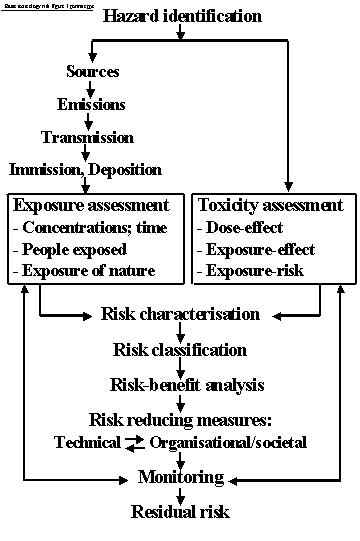

Abstracts of Special Invited Lectures
Saul M. Lemkowitz, Faculty of Applied Sciences, Delft University of Technology, the Netherlands, Hans J. Pasman (speaker), Defence Research, Netherlands Organisation for Applied Research, Delft, the Netherlands, "A Model for Structuring the Quantitative Assessment of Public Health and Environmental Risks of Toxic Substances"
Abstract: Modern industrial societies produce, consume, and distribute huge amounts of a great number of chemicals, many of which are highly toxic if exposed to in too high concentration. Examples include toxic substances produced intentionally, such as hydrogen fluoride and phosgene, which are later employed as inputs to create useful products like lead-free gasoline, plastics and pharmaceuticals. Other examples are toxic substances unintentionally produced, such as dioxins, which are formed as by-products from combustion processes and are inadvertently dispersed into the environment. It is essential for societies to be able to quantitatively assess toxic risks of substances. Such assessment is necessary in order to establish priorities in risk reduction policy and to check whether such policy is working properly. Quantitatively assessing toxic risks to society is, however, an extremely complex process, and consequently much confusion still exists about how to execute it properly. We have developed a model (see figure) that structures the entire process of quantitative risk assessment of toxic substances. The utility of the model will be illustrated by applying it to real examples. These will include dioxins, a serious public health risk, and acidifying substances such as sulphur and nitrogen oxides, which generate important risks to the environment. It should be stressed that various forms of the model are being successfully applied in the Netherlands for quantitative assessment of toxic risks.

Structural model for the entire process of quantitative assessment of public health and environmental risks from toxic substances.